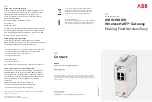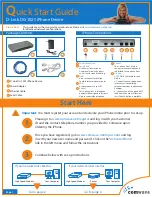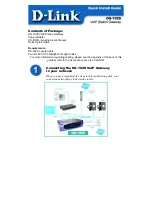
CHAPTER
FOURTEEN
SWITCH OVERVIEW
This document is an overview of how the switch operates and its capabilities.
See also:
For instructions on how to configure the switch ports, see
Warning:
The switch ports do not support the Spanning Tree Protocol (STP). Two or more ports connected to
another Layer 2 switch, or connected to 2 or more different interconnected switches, could create a flooding loop
between the switches. This can cause the router to stop functioning until the loop is resolved.
Warning:
The switch is limited to a total maximum of
128
separate VLANs.
14.1 Interface Links
The four LAN ports on the Netgate 2100 are connected internally to a switch.
In addition to the four physical ports there is also an internal switch port (Port 5) which acts as an uplink, and the
mvneta1
interface which is the corresponding operating system interface for the switch uplink.
The internal uplink port operates at 2.5 Gbps and connects the switch to the SoC. From the perspective of the operating
system, the only port is the
mvneta1
interface which also runs at the same 2.5 Gbps speed.
14.2 Port Mode
By default, the switch is in
Port VLAN Mode
. The four LAN ports are configured on the same network which feeds
into the LAN interface. These four switch ports are customizable and each can be configured to act as an independent
switches or in groups.
In Port VLAN Mode, any and all VLAN tags are allowed on all ports. No VLAN tags are added or removed. Think
of it as a dummy switch that retains VLAN tags on frames, if present. This mode is useful when there are numerous
VLANs on a network and the goal is to physically segment the switch, while allowing the same VLANs on all segments
of the switch.
In
Port VLAN Mode
, rather than specifying which interfaces are associated to a VLAN, the configuration can specify
which physical ports form a switch.
65




































